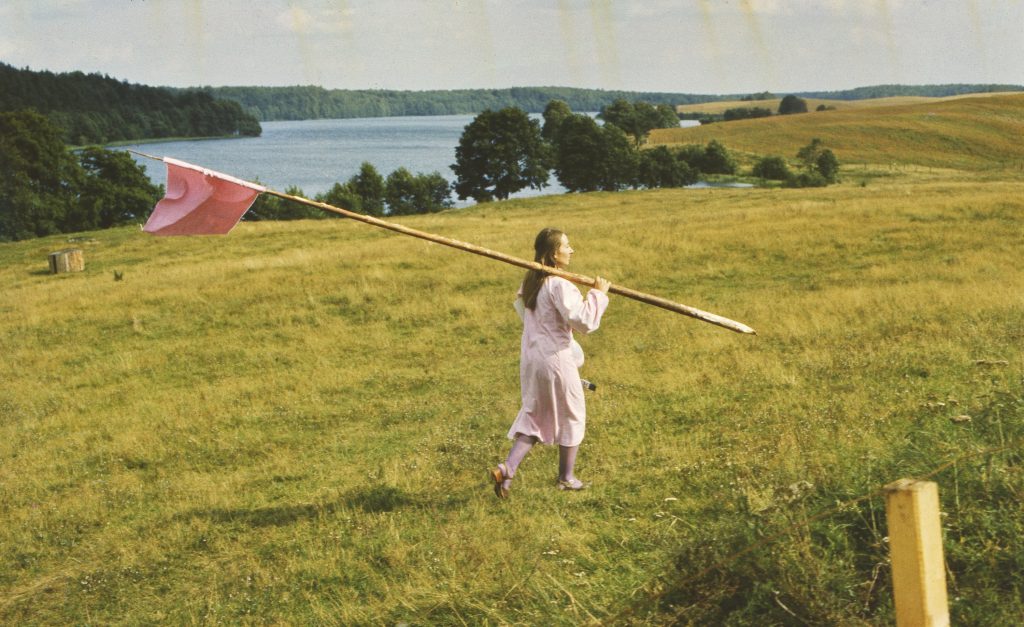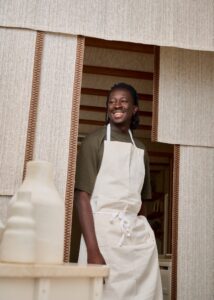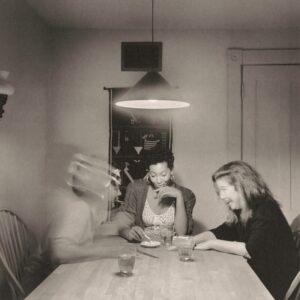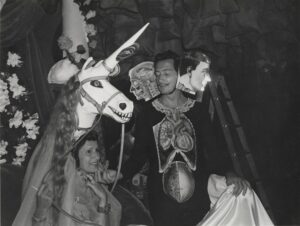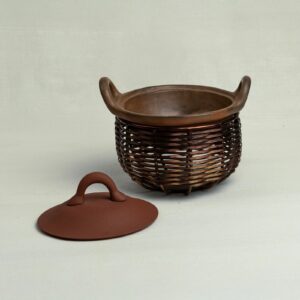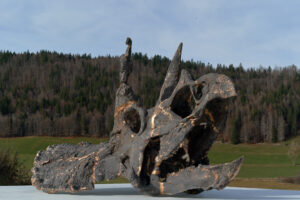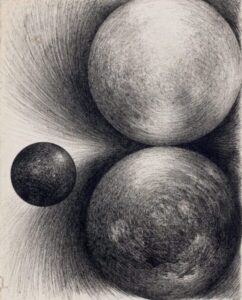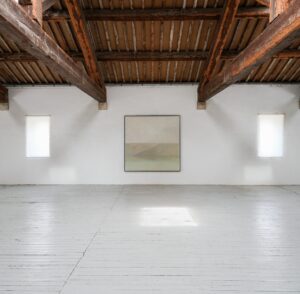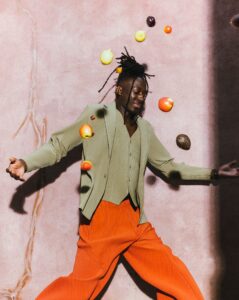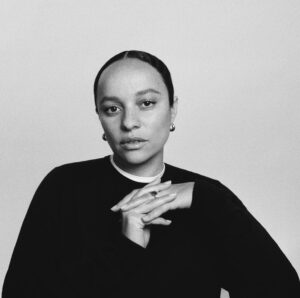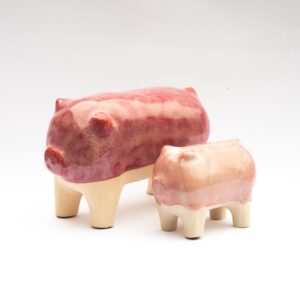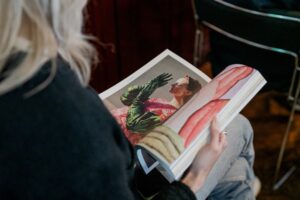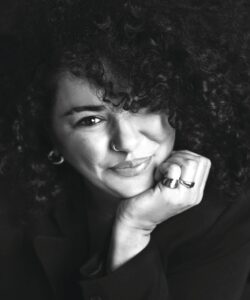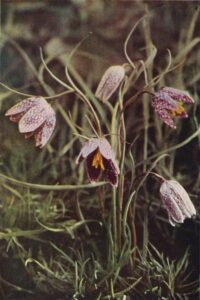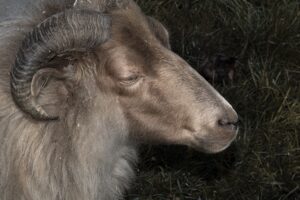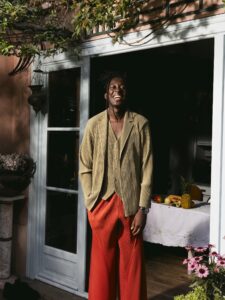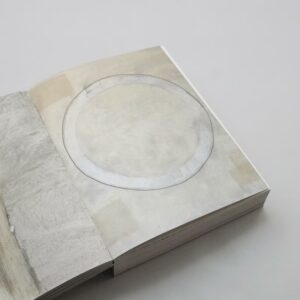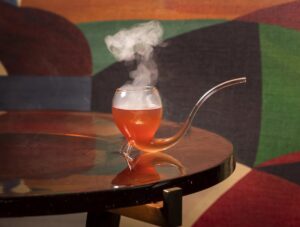Julia Margaret Cameron
Pretty Brilliant Women in the Arts
For generations, the story of art has been told through a singular lens. When the first editions of canonical texts like Janson’s History of Art and Gombrich’s The Story of Art were published, they featured zero women artists. The Pretty Brilliant: Women in the Arts series aims to make whole what has long been a one-sided story. In these issues, featuring 583 artists, we celebrate women who have always been creating, innovating, and inspiring, like Julia Margaret Cameron.
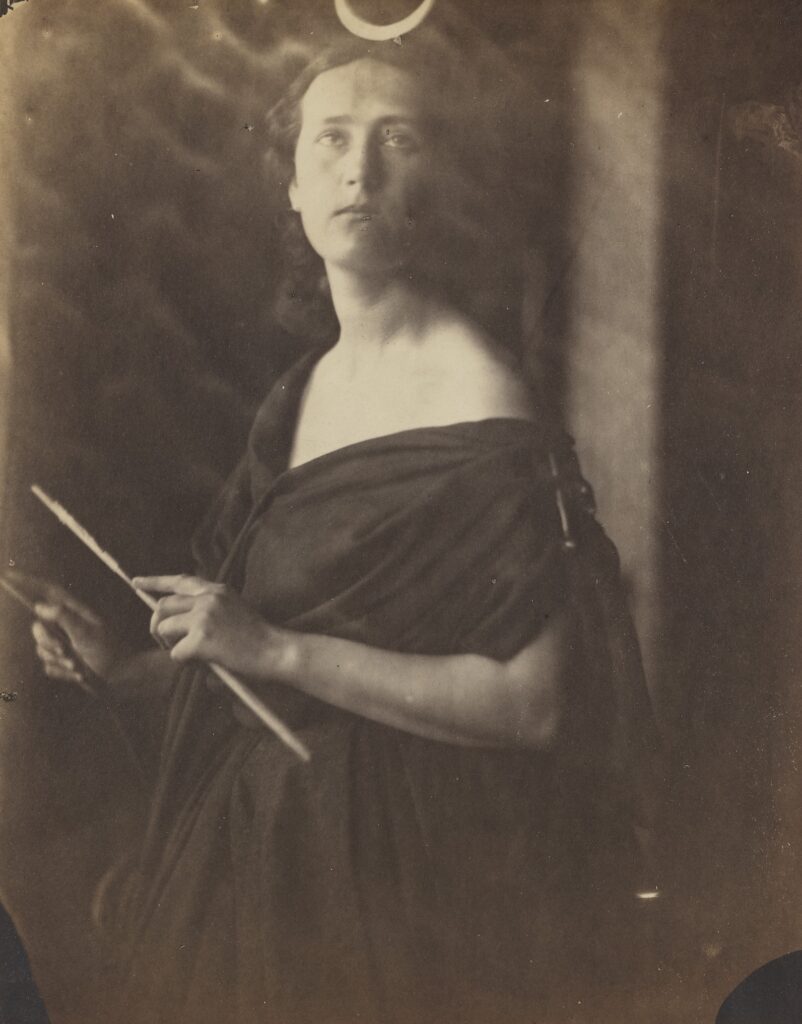
Born Julia Margaret Pattle in Calcutta in 1815, Cameron (India/UK, 1815-1879) was the daughter of Adeline de l’Etang and James Pattle, a British official of the East India Company, the precursor to the British Empire on the subcontinent. She was educated in France before returning to India, and in 1838 married Charles Hay Cameron.
In 1848, when Charles retired, the family moved to London. Once in England, and at the relatively late age of 48, she took up photography for herself when her daughter gave her a camera as a present. Introduced to photography at the height of the experimentation of drawing by light alongside drawing by pencil, Cameron became part of the fascinating development of mid-nineteenth-century art and exemplary of the crucial role that women played in this evolution.
‘From the first moment I handled my lens with a tender ardour, and it has become to me as a living thing, with voice and memory and creative vigour.’
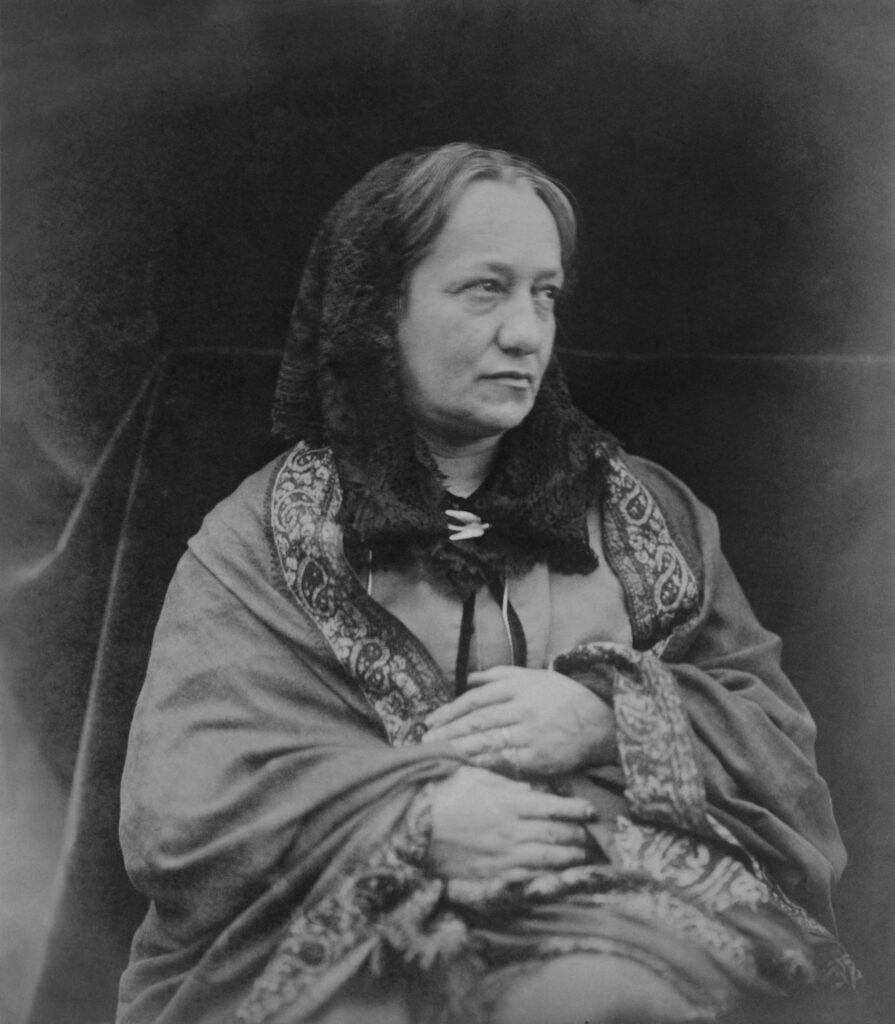
Although her photographic career was short, spanning only eleven years between 1864 and 1875, she nevertheless produced more than 1200 pictures during that time. Developing concurrently with the Pre-Raphaelite movement, Cameron’s photography portrays women not only as seductresses and paramours, as her male peers’ work did, but as caring mothers and grandmothers with children and grandchildren, affectionate, caressing and kissing, and in home theatricals with mythological, biblical, and allegorical scenes.
This photograph of a unknown woman is one of 67 in the V&A’s collection that was recently discovered to have belonged to her friend and mentor, the painter G.F Watts, who referred to ‘the young lady posing for Diana’ in a letter to Cameron. The flaws and stains in the picture, the unclean are part of the tactility of handling and homemaking. In 1875, Cameron returned to Ceylon and died a few years later in increasingly straightened circumstances on the estate.
Julia Margaret Cameron is featured in See All This #38: Pretty Brilliant Women in the Arts vol. III. Order a copy here.
